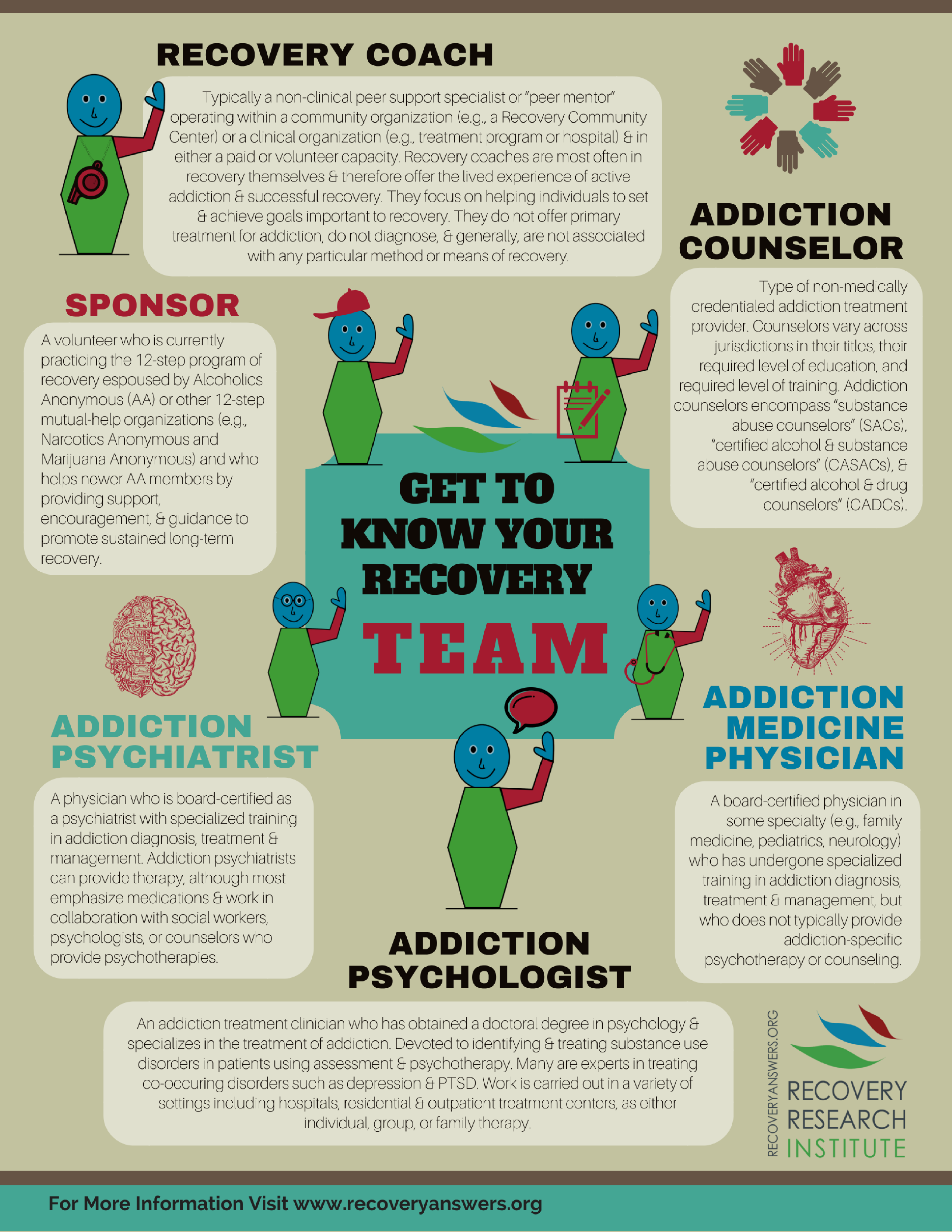What Is The Difference Between A Psychologist And A Therapist
What Is The Difference Between A Psychologist And A Therapist
Blog Article
Exactly How Do State Of Mind Stabilizers Job?
Mood stabilizers assist to soothe areas of the mind that are impacted by bipolar affective disorder. These medications are most efficient when they are taken frequently.
It might take a while to discover the ideal medicine that works best for you and your medical professional will certainly monitor your problem throughout treatment. This will entail routine blood examinations and potentially a change in your prescription.
Neurotransmitter guideline
Neurotransmitters are a team of chemicals that manage one another in healthy and balanced people. When levels end up being unbalanced, this can bring about mood disorders like anxiety, anxiety and mania. State of mind stabilizers assist to stop these episodes by helping control the equilibrium of these chemicals in the mind. They also may be utilized along with antidepressants to boost their effectiveness.
Medications that work as state of mind stabilizers include lithium, anticonvulsants and antipsychotics. Lithium is maybe one of the most popular of these medications and works by affecting the flow of salt via nerve and muscle cells. It is most often utilized to deal with bipolar illness, but it can also be valuable in dealing with various other state of mind problems. Anticonvulsants such as valproate, lamotrigine and carbamazepine are additionally effective mood supporting medicines.
It can spend some time to find the right type of medicine and dosage for every individual. It is very important to collaborate with your medical professional and take part in an open dialogue about how the medication is working for you. This can be especially helpful if you're experiencing any adverse effects.
Ion channel modulation
Ion channels are a major target of mood stabilizers and lots of various other medicines. It is currently well developed that they are vibrant entities that can be modulated by a range of outside stimulations. On top of that, the inflection of these networks can have a series of temporal results. At one extreme, adjustments in gating dynamics may be fast and rapid, as in the nicotinic acetylcholine receptor/channel system. At the various other end of the range, covalent alteration by healthy protein phosphorylation might cause adjustments in network function cognitive behavioral therapy (cbt) that last longer.
The field of ion channel inflection is getting in a period of maturity. Recent researches have shown that transcranial focused ultrasound (US) can boost neurons by turning on mechanosensitive potassium and sodium channels installed within the cell membrane. This was demonstrated by shared channels from the two-pore domain potassium family in Xenopus oocytes, and focused US dramatically regulated the existing moving via these channels at a holding voltage of -70 mV (appropriate panel, loved one impact). The results are consistent with previous observations showing that antidepressants impacting Kv networks regulate glia-neuron communications to contrary depressive-like habits.
Neuroprotection
Mood stabilizers, like lithium, valproic acid (VPA), and carbamazepine, are vital in the treatment of bipolar disorder, which is identified by reoccurring episodes of mania and depression. These medicines have neuroprotective and anti-apoptotic residential or commercial properties that aid to avoid cellular damage, and they likewise improve cellular resilience and plasticity in useless synapses and neural circuitry.
These safety activities of mood stabilizers might be moderated by their restraint of GSK-3, inositol signaling, and HDAC task. Additionally, long-term lithium therapy safeguards versus glutamate excitotoxicity in cultured nerve cells-- a model for neurodegenerative problems.
Research studies of the molecular and cellular results of mood stabilizers have actually revealed that these medications have a variety of intracellular targets, including several kinases and receptors, along with epigenetic adjustments. Refresher course is needed to determine if state of mind stabilizers have neurotrophic/neuroprotective activities that are cell type or wiring particular, and just how these effects might complement the rapid-acting restorative response of these agents. This will certainly help to create new, much faster acting, much more reliable treatments for psychological illnesses.
Intracellular signaling
Cell signaling is the process through which cells communicate with their atmosphere and various other cells. It involves a sequence of action in which ligands interact with membrane-associated receptors and result in activation of intracellular paths that regulate vital downstream mobile functions.
Mood stabilizers act upon intracellular signaling via the activation of serine-threonine protein kinases, causing the phosphorylation of substrate proteins. This turns on signaling cascades, resulting in adjustments in gene expression and cellular feature.
Several mood stabilizers (consisting of lithium, valproate and lamotrigine) target intracellular signaling paths by hindering specific phosphatases or triggering certain kinases. These results cause a decrease in the activity of these paths, which brings about a reduction in the synthesis of certain chemicals that can impact the mind and bring about symptoms of depression or mania.
Some mood stabilizers likewise function by boosting the activity of the inhibitory neurotransmitter gamma-aminobutryic acid (GABA). This improves the GABAergic transmission in the mind and minimizes neural task, therefore producing a soothing impact.